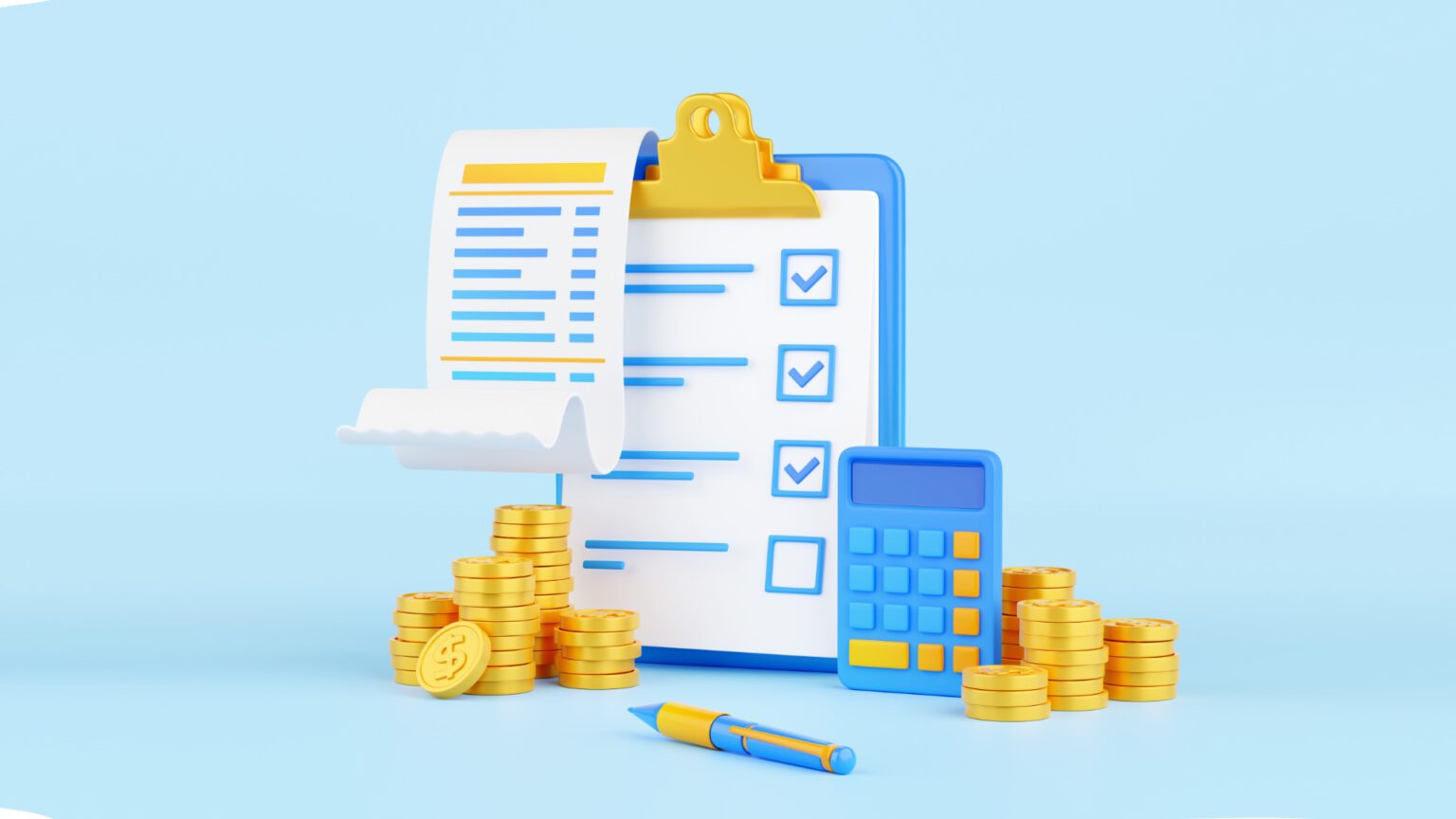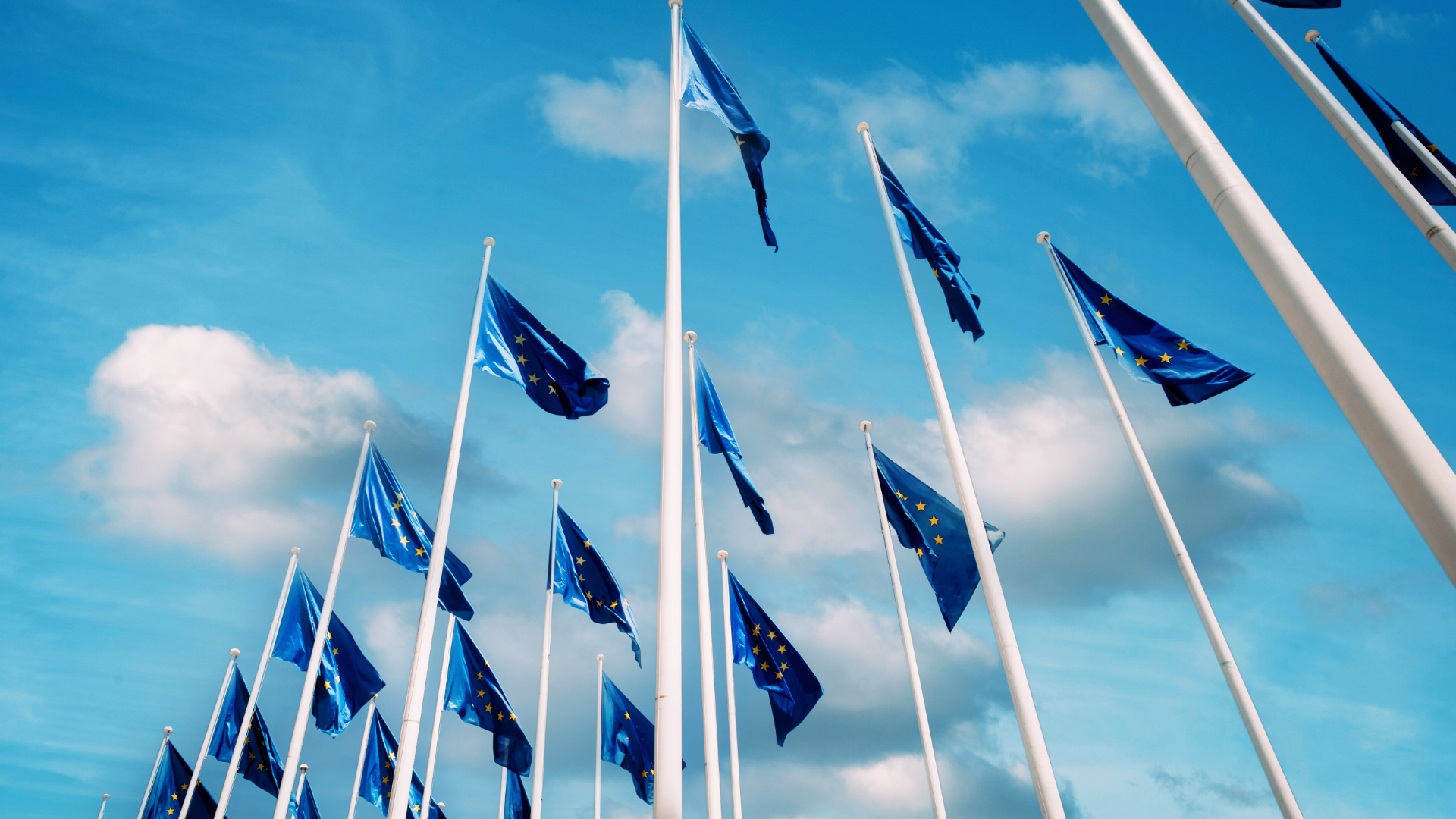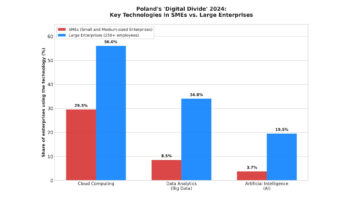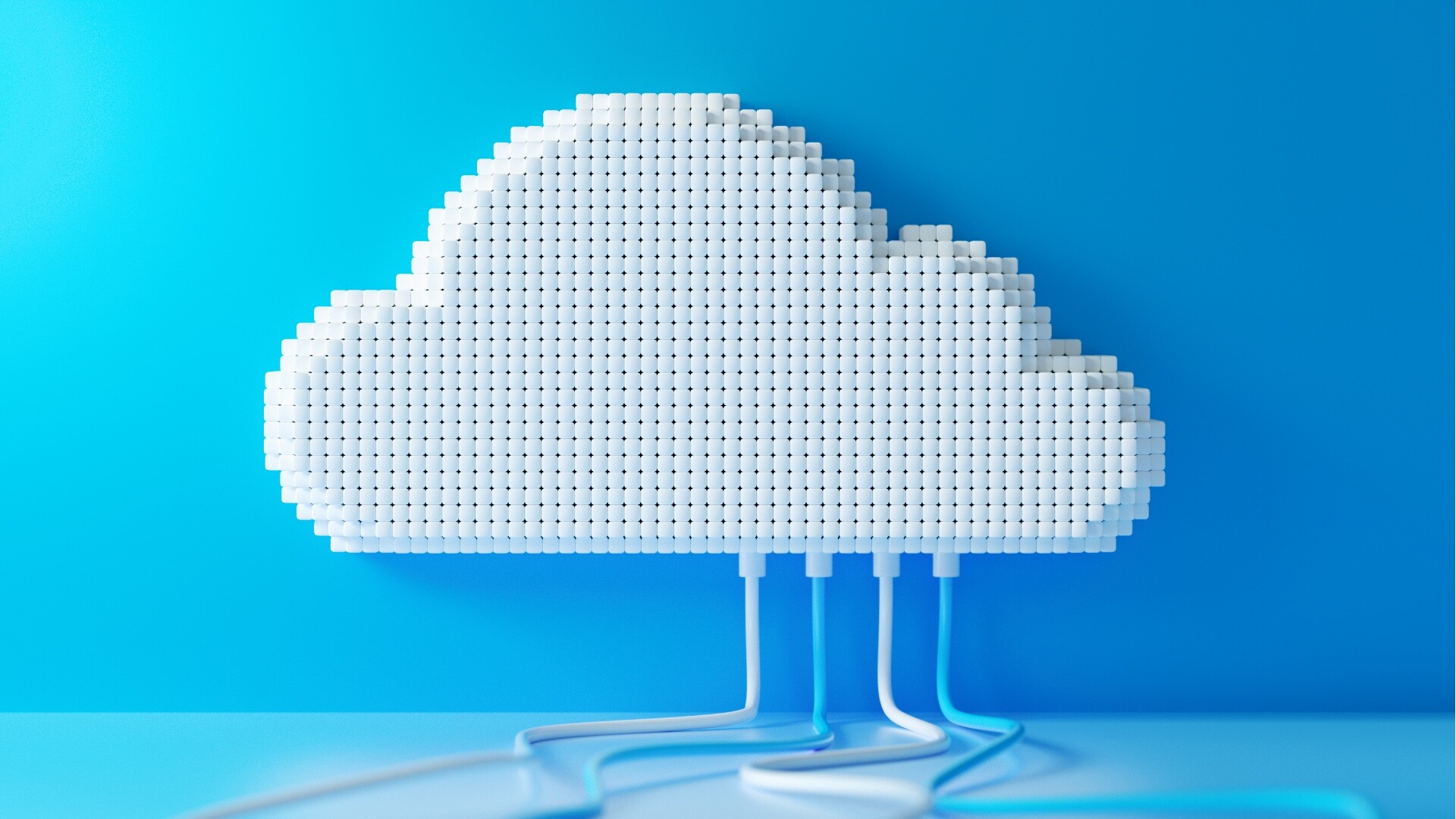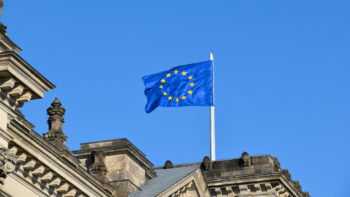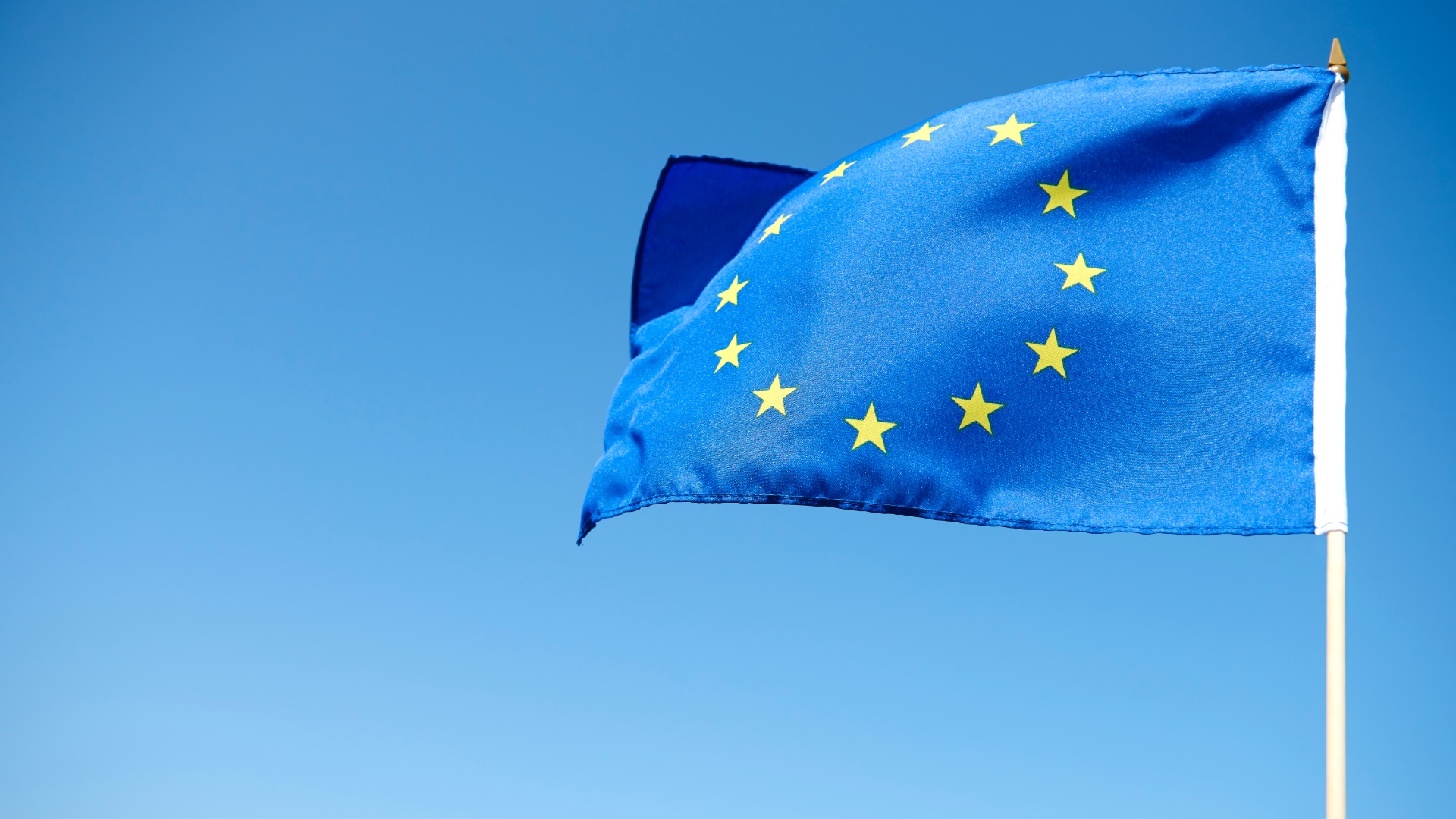The latest draft law on the National e-Invoicing System assumes that the offline24 mode will cease to be an emergency solution and become a permanent feature of the system used at the discretion of sellers. Although theoretically intended to make it easier to issue invoices in situations where there is no connection to KSeF, its introduction raises serious doubts – especially in the case of B2B transactions.
The offline24 mode allows an invoice to be issued without communication with the Ministry of Finance system – provided that the document reaches KSeF by the end of the next working day and the printout or pdf is accompanied by additional QR codes. However, this seemingly convenient solution forces new responsibilities on the part of the vendor: the need to verify the status of the purchaser, keeping a close eye on deadlines and the risk of sanctions in the event of errors. As a result, it requires the adaptation of processes and accounting systems in many companies.
What exactly is changing? Here are the key points:
Offline invoice only for selected recipients
The new offline24 mode in KSeF allows an invoice to be issued without an immediate connection to the Ministry of Finance system. Until now, it was reserved exclusively for cases of failure or lack of internet access. However, the latest amendment to the VAT Act authorises taxpayers to use it freely. But beware: such an invoice can only be forwarded to the recipient if it is a natural person (B2C), a foreign contractor, an entity without a TIN or a taxpayer benefiting from an exemption. It is not explicitly written in the law, but according to Article 106gb(4) in domestic B2B transactions, the invoice must first go to KSeF and receive a number before it is passed on to the customer. Otherwise, the document will not be deemed to have been issued correctly.
The critical role of the date of sale
If a company sends an invoice to KSeF today with a sales date of yesterday or earlier, the system automatically recognises the invoice as having been issued offline. This also applies if the intention was to issue it online, but due to a load on the systems or a lengthy approval process the invoice was sent to KSeF late. This can result in a breach of regulations and the risk of sanctions. Therefore, companies should consider additional controls – e.g. checking the validity of the date of sale when approving the invoice.
Obligation to send the invoice by the end of the next working day
Offline24 invoices must reach KSeF by the next working day at the latest. Failure to send it on time will be treated as a breach of the regulations and may result in sanctions. Meeting the mandatory deadline can be difficult when KSeF rejects the invoice, especially in the case of stationary sales – the customer has received the invoice in hand, leaves the shop and the seller only finds out some time later that KSeF has rejected the invoice. For e-commerce sales, it is usually possible to contact the buyer (email, contact phone), but for stationary purchases only contact via the address from the invoice may be available.
The end of tokens – compulsory certificate from 2026
The current mode of authorisation in KSeF using tokens is expected to be in force until the end of 2026. However, if taxpayers would like to use the offline24 mode already from 1 February 2026, they must prepare for an additional requirement – it will be mandatory to have a KSeF certificate. Offline24 mode requires a QR code on the invoice visualisation, which contains the invoice discriminator (a cryptographic hash of the schema-compliant XML file) signed with a KSeF certificate. Importantly, 1 February 2026 falls on a Sunday and implementing the changes may be organisationally demanding. Additionally, from 2 February to 15 February 2026, winter holidays will be in force in the following provinces: Dolnośląskie, Kujawsko-Pomorskie, Łódzkie, Zachodniopomorskie, Małopolskie and Opolskie.
Corrections and JPK – only after the KSeF number has been assigned
A correction invoice can only be issued after the original/source invoice has been registered in KSeF. Similarly, a document can only be included in a JPK file after a KSeF number has been assigned. This means that the sales system should wait for the number and only then pass the data on – e.g. to accounting or JPK. This can create unnecessary discussions if, for example, a B2B customer makes a purchase in a stationary shop against an offline24 invoice, realises after a while that he took the wrong size/colour/model, wants to return the product and get a correction, and the salesperson replies ‘sorry, but I can’t issue a correction because the original KSeF invoice has not yet been assigned a number’.
The Ministry of Finance’s requirement that the correction document only goes into the system after the original invoice has been given a number is reasonable, as KSeF does not ensure chronology. Otherwise, it could happen that the vendor would send the invoice, then the correction, and KSeF would register the corrected document first and then the source invoice. However, this should not prevent the vendor from issuing the correction at that point in time, but only limit the possibility to send it to KSeF before the source invoice is registered.
Duplicates were not supposed to happen, but they won’t leave us so soon
If the buyer does not use KSeF and loses the invoice visualisation, the seller must issue a duplicate: if it does not yet have a KSeF number, the duplicate must contain an offline QR code, and if it already has a KSeF number, the duplicate contains an online QR code. This means that the status of the invoice must be tracked and the correct version of the document generated.
New rules for QR codes
Every invoice, regardless of the mode, will have to contain a QR code – with information on the date of sale, the seller’s TIN and a unique identifier or document discriminator. In offline24 mode, the invoice will contain two QR codes: under one code the words ‘OFFLINE’ and under the other code the words ‘CERTIFICATE’.
Greater vetting of buyers
Companies will have to verify the status of the buyer each time (whether he has a Polish VAT ID, whether he has a permanent place of business in Poland) in order to choose the correct mode of invoicing. In practice, there is no simple systematic way of verifying contractor data, which results in the need to organise sales procedures properly.
When can offline mode help?
The offline24 mode gives the company a real advantage when dealing with foreign customers. For example, a lorry driver passing through Poland will receive a formal VAT invoice at the petrol station issued immediately. If the consumer asks for an invoice, the retailer has the choice between offline24 mode, online mode or issuing sales documents in the usual way, because B2C invoices are not compulsory in KSeF.
The Ministry of Finance has met the expectations of entrepreneurs by introducing greater flexibility in the use of the ‘offline24’ mode. However, as can be seen from the Ministry’s response to the demands made during the public consultation, further relaxation of the rules in this respect is no longer possible or planned. Despite repeated signals about the needs and concerns of retail chains in relation to invoicing and adjustments in KSeF, the Ministry of Finance has unequivocally communicated that it does not envisage further concessions.
The changes to KSeF – although technically complex – have real implications for the day-to-day operations of companies. The offline24 mode may be helpful in exceptional situations, but its use in B2B relationships requires great caution. This is a good time to conduct an internal audit of your preparation for the new rules.
Author: Michał Sosnowski, Business Development Director at Exorigo-Upos




